
We Recommend:
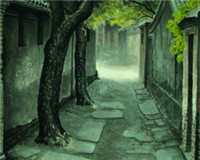 |
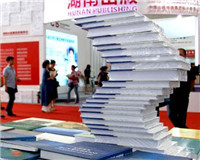 |
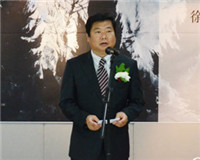 |
| Hutong in Beijing | 21st Beijing International Book Fair kicks off | Chinese water-ink art exhibited in Seoul |
We Recommend:
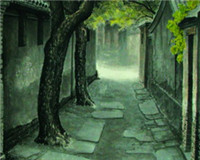 |
 |
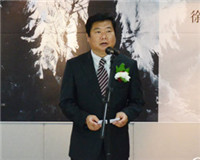 |
| Hutong in Beijing | 21st Beijing International Book Fair kicks off | Chinese water-ink art exhibited in Seoul |
We Recommend:
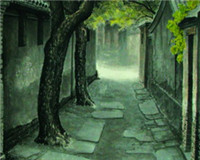 |
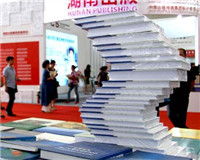 |
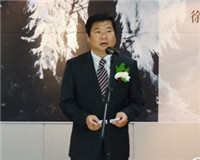 |
| Hutong in Beijing | 21st Beijing International Book Fair kicks off | Chinese water-ink art exhibited in Seoul |
We Recommend:
 |
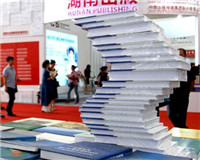 |
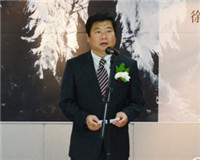 |
| Hutong in Beijing | 21st Beijing International Book Fair kicks off | Chinese water-ink art exhibited in Seoul |
We Recommend:
 |
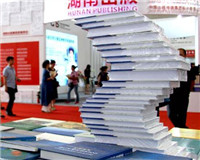 |
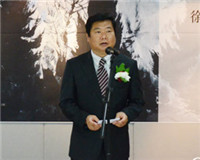 |
| Hutong in Beijing | 21st Beijing International Book Fair kicks off | Chinese water-ink art exhibited in Seoul |
We Recommend:
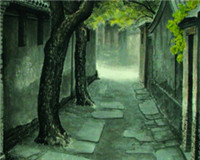 |
 |
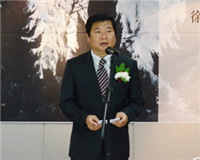 |
| Hutong in Beijing | 21st Beijing International Book Fair kicks off | Chinese water-ink art exhibited in Seoul |
We Recommend:
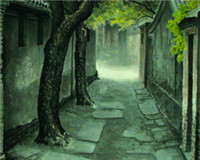 |
 |
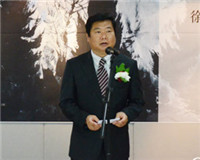 |
| Hutong in Beijing | 21st Beijing International Book Fair kicks off | Chinese water-ink art exhibited in Seoul |
We Recommend:
 |
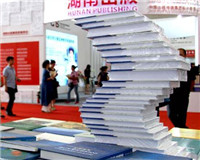 |
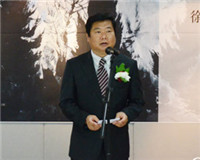 |
| Hutong in Beijing | 21st Beijing International Book Fair kicks off | Chinese water-ink art exhibited in Seoul |
We Recommend:
 |
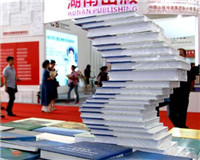 |
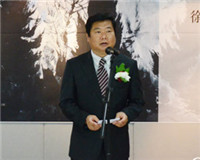 |
| Hutong in Beijing | 21st Beijing International Book Fair kicks off | Chinese water-ink art exhibited in Seoul |
We Recommend:
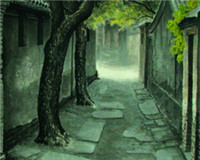 |
 |
 |
| Hutong in Beijing | 21st Beijing International Book Fair kicks off | Chinese water-ink art exhibited in Seoul |
We Recommend:
 |
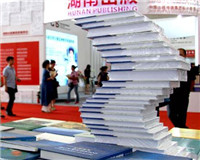 |
 |
| Hutong in Beijing | 21st Beijing International Book Fair kicks off | Chinese water-ink art exhibited in Seoul |

Presented by Chinadaily.com.cn Registration Number: 10023870-7
Copyright © Ministry of Culture, P.R.China. All rights reserved